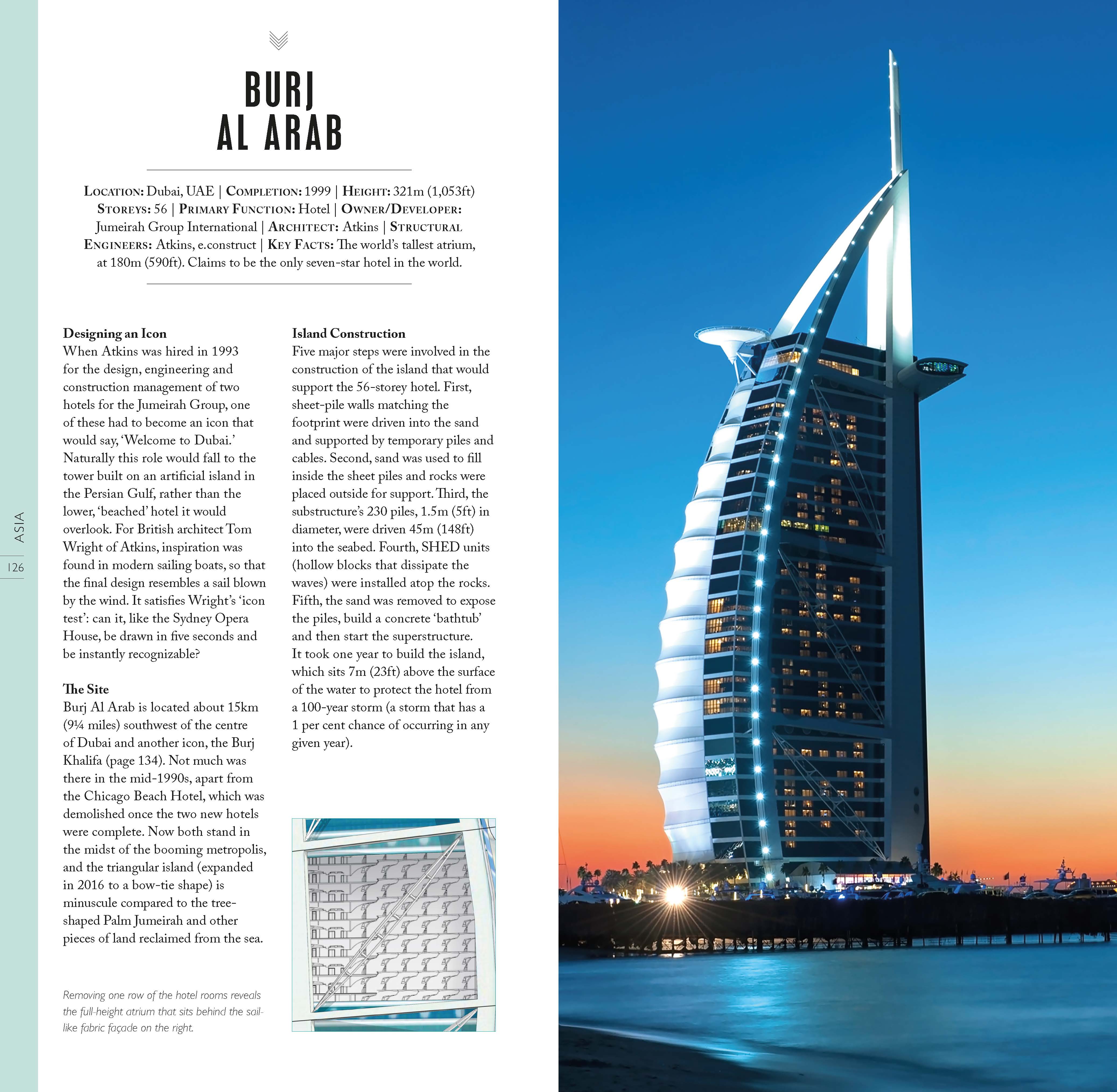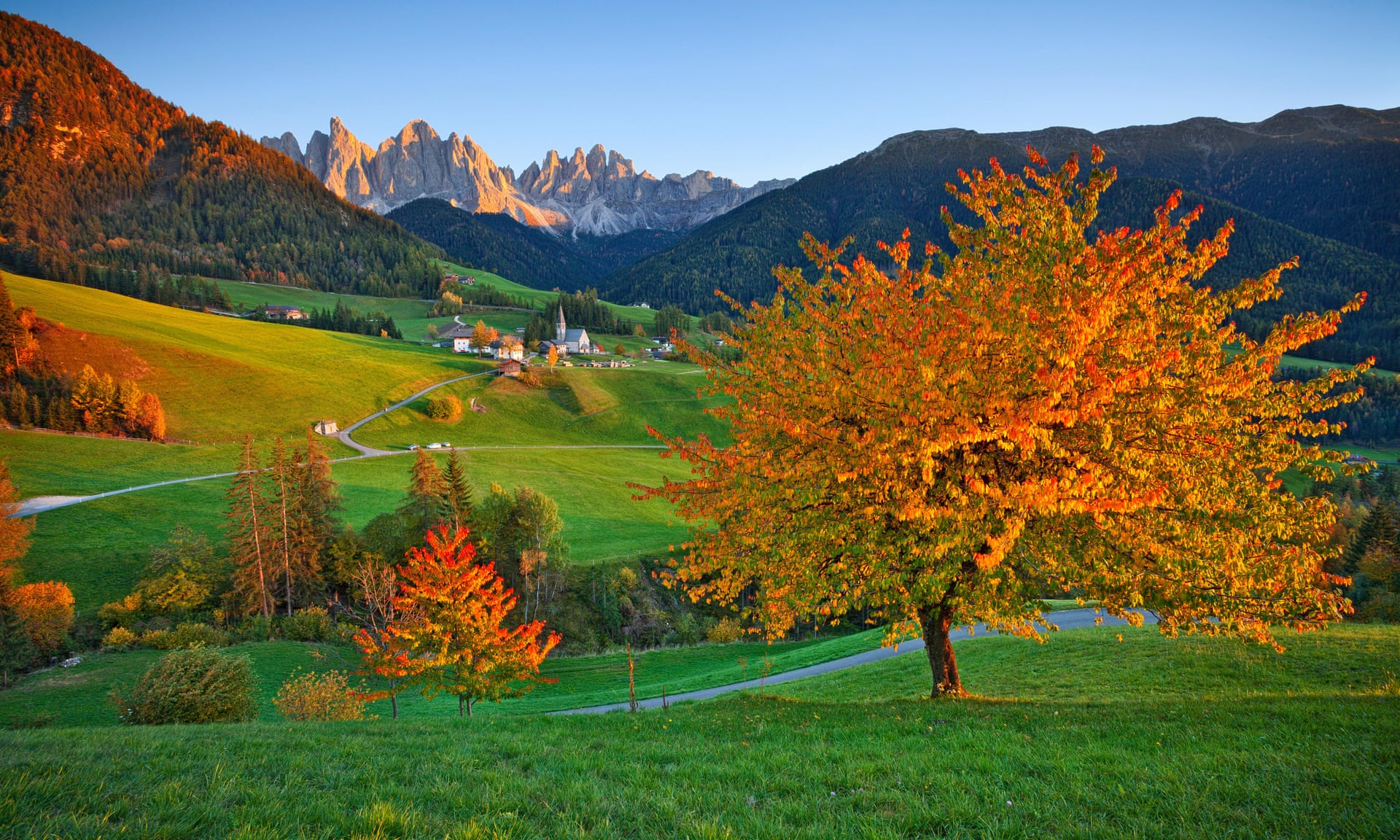In a city full of iconic buildings, it takes something special to stand out. Designs for Dubai’s superstructures have continually pushed the boundaries, from the sail-like structure of Burj Al Arab right the way through to the soon-to-be-complete Zaha Hadid cube, The Opus.
These are projects which ask a lot of their engineers and architects: insiders in the Dubai construction industry say that increasingly they are working to a brief from ambitious developers that there is no such thing as impossible. But overcoming these challenges in such style also means Dubai is at the very forefront of building innovation.
It’s a state of affairs John Hill meets head-on in his fascinating new book, How To Build A Skyscraper. It features Burj Al Arab, Burj Khalifa and perhaps more surprisingly, O-14. For Hill, they are three very different statements of intent about architecture in the Emirate.
“How does one design a tower that doesn’t recede into the background of the city’s skyline?” he asks. “Well, in the case of Burj Al Arab, O-14, and Burj Khalifa, respectively you site the tower offshore for visibility, you wrap it in something unexpected or you make it the tallest thing around. I wanted to present this wide variety of buildings so people can better appreciate the diversity and skill that goes into creating skyscrapers.”
In the book, he calls Burj Al Arab one of the most memorable skyscrapers of recent years – few now recall that it took 12 months to prepare the island it sits on before the structure itself could even be built.
“I like the assertion that the tower’s architect, Tom Wright, made: that if a building can be drawn in five seconds and be instantly recognisable then it is an icon,” says Hill. “The simple sail-like form does just that, and it does it in the most logical of places: offshore. Of course, this meant a 321-meter-tall tower had to sit on an artificial island strong enough to support the tower and tall enough for 100-year storms, all the while giving the impression from land that the building is floating on the water.
It’s that balance between form and function, aesthetics and performance which continues to make Dubai one of the most interesting places to build in the 21st century
“The island was a complex, five-step construction process which I detail in the book – then there were the myriad engineering feats in the tower above – no wonder it took six years.”
Hill agrees that design, engineering and construction always move in new directions when faced with such problems. What is fascinating about the Burj Khalifa, he explains, is that the construction solution suggested after the original design actually allowed for the building to be even taller.
“In the wind tunnel, SOM’s design performed poorly,” Hill reveals. “It was when structural engineer William Baker hit upon a system where each wing was made up of concrete corridor walls, perpendicular shear walls and perimeter columns buttressed to the six-sided central core – like a large tripod – that the tower got pushed to such an unprecedented height.”
The wind tunnel tests were crucial, and Hill says that for all the other environmental factors involved in building in Dubai, wind is the major factor to overcome in structures even half as tall as Burj Khalifa. Exteriors have been developed that dissipate the winds on buildings, while most occupants of these structures probably have little idea that mass dampers are installed – Burj Al Arab has 11 of these huge, shock-absorber like devices— just to make them tolerable to be in.
The Burj Khalifa and Burj Al Arab continually – and rightly – grab the headlines, but Hill does think Reiser + Umemoto’s design for O-14 makes as big a statement, just in a smaller package.
“It takes the typical layout of a tower – concrete core in the middle – and inverts it, placing the main structure on the outside of the building,” he says. “In terms of construction, turning the concrete core into an “exoskeleton” meant that something usually unfinished had to be finished in a way that looked good.
“I just think it shows another way of designing in the city: it’s not very tall but still pushes the envelope in what can be done in the design and engineering of vertical buildings.”
It’s that balance between form and function, aesthetics and performance which continues to make Dubai one of the most interesting places to build in the 21st century.
How To Build A Skyscraper (Rotovision) is published on September 21


